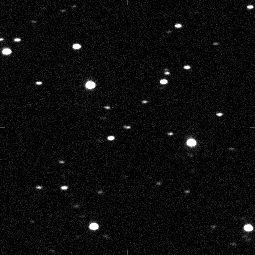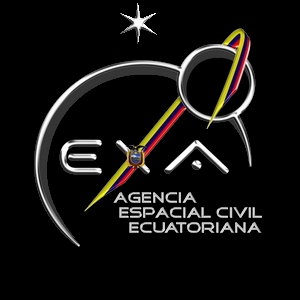FIRST ECUADORIAN
SATELLITE WILL
HELP MONITORING
NEAR-EARTH OBJECTS FROM ORBIT
Guayaquil, April 25, 2012.- Today the
Ecuadorian Civilian Space Agency - EXA
announced that it will be adding a mission to the first Ecuadorian
satelllite, the NEE-01 PEGASUS: It will help monitoring near-earth
objects from orbit using its onboard video camera and will also help in
the catalog and control of orbital debris (space junk), this new mission
will turn the NEE-01 in to the first online, real time orbital video sentry
for the planet, as the satellite has the capability to stream its video
signal directly to the Internet.
The NEE-01 PEGASUS was built by the
EXA and presented to the public on
April 4, 2011, the satellite has a
mass of 1.2kg and it is 75cm long, it was completely designed and built
in the country with national personnel and equipment and it will perform
several missions in the technical and scientific fields as well as an
educational role, all this missions will serve the national
technological development in the aerospace field. The satellite will be
launched on board a Russian Dnepr RS20 launch vehicle operated by
KOSMOTRAS from the Yasny cosmodrome on
September 29 this year.
Following a change in the video
camera's technology, the satellite now has a wider field of view, an HD
resolution of 720p and deep sensisibility in the IR field of 1x10E-4
lux, which makes it very suitable for this kind of job: To detect medium
to small sized near-earth objects, like very small asteroids which are
normally very difficult to detect but have enough mass to pose a threath
to populated areas, like the one which
exploded over California early
this week. Also its eliptical orbit, between 600 to 900km, gives the
satellite a good vantage point to detect orbital motion changes in known
orbital debris.
This video observations, which are
much better suited for this task than the still pictures, coupled with
advanced software and orbital determination techniques will give
researchers around the world an unprecedent view from orbit of dangerous
objects that can threaten human spaceflight and populated areas on the
ground.
The EXA will open the video signal
of the satellite to any organization that is actually working on this
field, conducting research on it, or that has an active NEO (Near-Earth
Object) monitoring program, It will also start a program to encourage
individuals around the world to form a independent network of civilian space
sentries that will analize the videos transmitted by the satellite,
searching for unusual signatures or changes in the orbital motion of
know objects
The satellite’s primary mission is to test the
basic and key technologies that will allow the EXA to build bigger and
more powerful spacecrafts in the future and the secondary mission is to
serve as an space platform for elementary education: The satellite will
send two signals that will be received and decoded by the EXA’s
HERMES-A
ground station in Guayaquil and then uploaded
live to the Internet using Twitter and Facebook; the first signal will
contain text book questions and the second will contain an image related
to the question. If the students are able to answer the question
correctly they will be granted access to the video camera onboard the
spacecraft and will be able to see earth from space as the astronauts
see it in their space missions.
More advanced students will have access to the
pure radio signal so they can try decoding it by themselves. The EXA
will provide them with the appropriate support software free of charge.
Also, the satellite will observe
the Antartic continent in infrared wavelenghts in real time, being
capable to transmit its images directly to the scientific research bases in the white continent,
contributing to climate research.
HIGH RESOLUTION PICTURES

Example of Near-Earth object
detection by NEE-01 PEGASUS,
The other object that flashes by is an artificial satellite.

